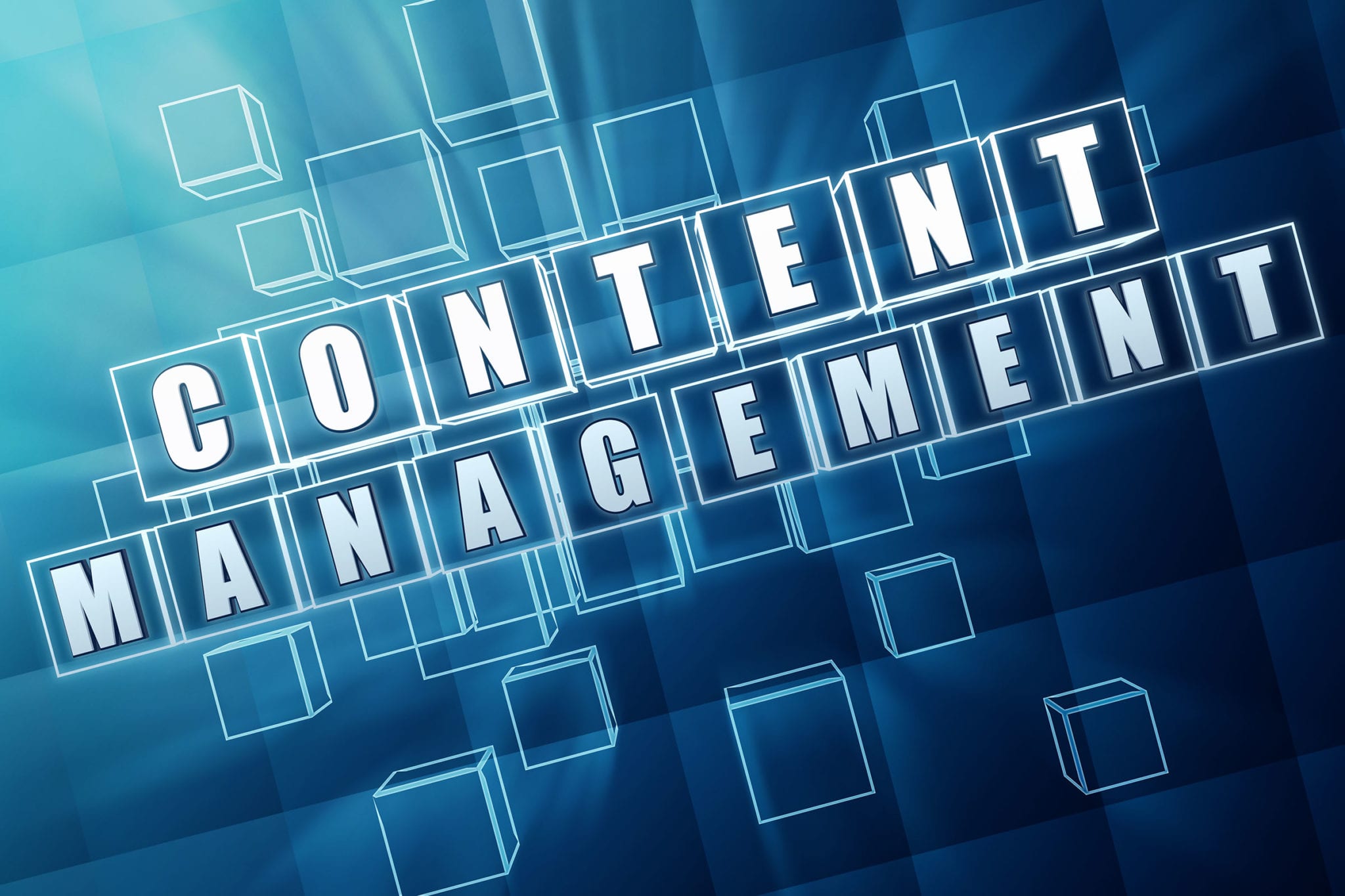
Managing unstructured data is crucial for businesses of all sizes. Categorizing and fragmenting data into the proper repositories is equally important. Enterprise Content Management (ECM) presents the tools, processes, and strategies to store, manage, retain, and allocate content and proprietary assets across a company. ECM also allows employees to set up processes behind the creation, approval, and distribution of assets, making it a more streamlined working process for large teams. In this article, we’ll explore the top 5 trends in Enterprise Content Management: Mobile Content Management, GDPR and Regulation Compliance, ECM and Cloud Access, Saas ECM, and integrating ECM with other apps.
1.Mobile Content Management
As phones and tablet devices become smarter, it makes it easier to take work on the go with you. Instead of just snoozing or listening to music on your train ride into work, you may opt to sift through recent contracts and proposals. Many ECM platforms are now including mobile applications, or a mobile-optimized version of their platform so that users can access their confidential assets on the go, in an easy and secure way. This mobile access to the ECM platform allows people to access their intellectual files with ease on the go. Imagine this: you’re commuting to work and you’re stressed about your meeting in a couple of hours. Your team has a strict deadline, and did the developers finish up creating the custom module for your new page template? Structure alleviates stress, so instead of just relaxing or listening to music, you might jot down a few notes for the day’s meeting on your notepad. You can save your notes to the ECM system to reference with your team once you’re back in the office. Mobile access to your ECM will just make it that much easier to be productive when you’re not at your desk.
2.GDPR and Regulation Compliance
Data compliance is a buzzword nowadays, and we’ve all heard of data theft. Corporate data governance is critical. ECM systems allow users to comply with regulations surrounding personal data such as GDPR and to securely store and manage files with personal data in a single, secure repository. Furthermore, ECM platforms have systems in place to segment assets and to prevent unauthorized access of assets. This means only someone in accounting will see what you are paid monthly, and only those in marketing will be able to access the company’s digital marketing assets. By instilling processes for storing assets, updating assets, and accessing assets, you and your team can be sure that your secure data is properly categorized and filed safely.
3. ECM Has Its Head In The Cloud
In order to streamline processes, collaboration, and document accessibility, most ECM systems are relying on cloud storage. Using the cloud, an employee across the nation could access a secure business document instantly. This improves employee efficiency and productivity. People aren’t so scared of the cloud anymore, as more businesses transition to secure confidential document management from on-site to the cloud. This helps the ever-evolving landscape of remote working. Teams are no longer isolated to one central office space. ECM allows teams to work remotely and each access their office materials on the cloud at their leisure. Instead of going to the file cabinet to access last year’s February sales report, imagine, you could be sitting on a beach in the Bahamas, accessing it via your laptop with a pina colada in your other hand. How is that for convenience.
4. ECM Is SaaSy
By using a Software As A Service Enterprise Content Management system, businesses do not have to invest in the infrastructure needed to maintain content and proprietary assets within a brick and mortar office. That means no additional hardware, servers, no additional employees tasked with management, etc. Businesses can pay a monthly subscription for an ECM system as an operating expense. This also helps organize large teams and processes. It’s no longer necessary to have weekly meetings in the boardroom. Team members can connect digitally, with each member reviewing their proper repository of files and data simultaneously. It’s like taking the office with you when you need it.
5. Integration With Other Apps
We like things that play well with others. ECM systems should be no exception. Many enterprise content management systems integrate with numerous software and applications, such as Microsoft Office Suite, Adobe Suite, Google Apps, Wordpress, etc. It becomes an ecosystem where team members can utilize various applications and store their multimedia assets via one secure platform. Maybe you have your designers working on a beautiful fresh new infographic for your newest blog post. The designer can use her specialty design software to develop this asset, and then you can access it through the integration with your ECM. This seamless collaboration and organization empower workers to be more productive, eliminates errors and delays, and allows the team to use a multimedia environment to create and maintain interactive, beautiful content.
Overall, these features behind ECM help businesses streamline their processes by leveraging digital storage and accessibility. Access to your business’ intellectual files digitally allows teams not just to co-work, but to co-work smartly. For example, you can fragment technical documentation for developers to access while designers and content writers may be working on the frontend facing side of the site. All team members can work on their role in the project and save their updated work to the ECM platform, simultaneously. So once it’s time to click publish and set your new page live, for example, the latest versions of creatives, content, and tech, will all be there stored securely and ready to go live. ECM systems also help improve process visibility and reduce risk. If you are thinking about implementing ECM within your organization, start small. Set up a system within one application or business area, and then once you have a system in place, you can replicate this across various processes until you have a well-oiled ECM machine that’s used by all team members.


